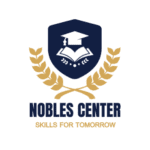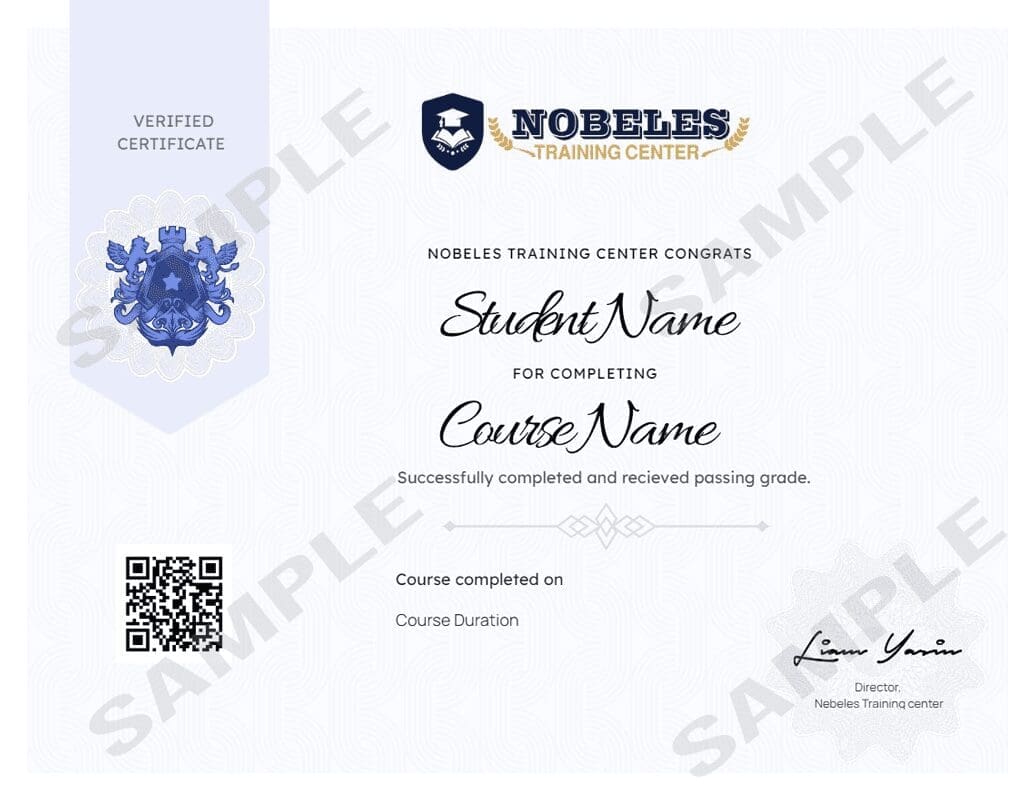Description
Curriculum
Instructor
Welcome to the Communication Strategies workshop. For the better part of every day, we are communicating to and with others. Whether it’s the speech you deliver in the boardroom, the level of attention you give your spouse when they are talking to you, or the look that you give to the cat, it all means something. This workshop will help participants understand the different methods of communication and how to make the most of each of them
Curriculum
- 11 Sections
- 11 Lessons
- 10 Hours
Expand all sectionsCollapse all sections
- The Big PictureThe big picture in communication strategies involves understanding overarching goals and context. Effective messaging aligns with organizational objectives, fosters clarity, and ensures that all stakeholders grasp the vision, promoting collaboration and engagement.1
- Understanding Communication BarriersUnderstanding communication barriers involves recognizing obstacles like language differences, cultural misunderstandings, and emotional biases. Identifying these barriers enables effective strategies to enhance clarity, foster empathy, and improve overall interpersonal communication.1
- Paraverbal Communication SkillsParaverbal communication skills refer to the vocal elements that accompany speech, such as tone, pitch, volume, and pace. Mastering these skills enhances message delivery, conveys emotions effectively, and fosters better understanding in interactions.1
- Non-Verbal CommunicationNon-verbal communication includes body language, facial expressions, gestures, and eye contact. These cues convey emotions and attitudes, often complementing or contradicting verbal messages, making them essential for effective interpersonal communication and relationship-building.1
- Speaking Like a StarSpeaking like a star involves using clear articulation, confident body language, and engaging storytelling techniques. Effective speakers maintain eye contact, vary their tone and pace, and connect with the audience to create impact and resonance.1
- Listening SkillsListening skills encompass active engagement, empathy, and reflection. Effective listeners focus fully on the speaker, ask clarifying questions, and provide feedback, fostering understanding and trust in conversations while enhancing overall communication.1
- Asking Good QuestionsAsking good questions involves formulating open-ended, specific, and relevant inquiries that encourage discussion and critical thinking. This skill enhances communication, fosters deeper understanding, and helps gather valuable insights during conversations or meetings.1
- Appreciative InquiryAppreciative Inquiry is a strengths-based approach to organizational development that focuses on identifying and building upon existing strengths and successes. It promotes positive change through collaborative dialogue, fostering innovation and engagement among stakeholders.1
- Mastering the Art of ConversationMastering the art of conversation involves active listening, asking open-ended questions, and showing genuine interest in others. This skill fosters meaningful connections, encourages open dialogue, and enhances mutual understanding in personal and professional interactions.1
- Advanced Communication SkillsAdvanced communication skills encompass emotional intelligence, persuasive speaking, and conflict resolution. These skills enable individuals to navigate complex interactions, build rapport, influence others, and effectively manage disagreements, enhancing overall communication effectiveness.1
- Post-TestPost-Test1
Nobles Center

5 Students146 Courses
Review
$225.00
279 students
11 lessons
Language: English
0 quiz
Assessments: Yes
Skill level All levels
Nobles Certificate
At the end of the course, you can download a copy of your certified certificate.
Nobeles Academy
Mobile Application
Download the Nobeles center mobile app from the app app store, click the button below
Courses you might be interested in
Working in a home office requires a unique set of skills. Teleworkers or virtual employees have additional challenges created by not being in a centralized office. Communication issues alone make...
-
1 Lesson
$175.00
Having the technical skills and knowledge to successfully execute your job duties is only one part of being the best you can be in the workplace. In addition to these...
-
0 Lessons
$225.00
The cloud has become a vital component for business as technology becomes embedded in modern life. Every leader needs to understand the cloud and how it operates, as well as...
-
0 Lessons
$195.00
Phone skills are a highly valuable tool to have in an employee’s skill-set, and Call Center Training will help provide those skills. This course will help = improve phone skills...
-
0 Lessons
$275.00






